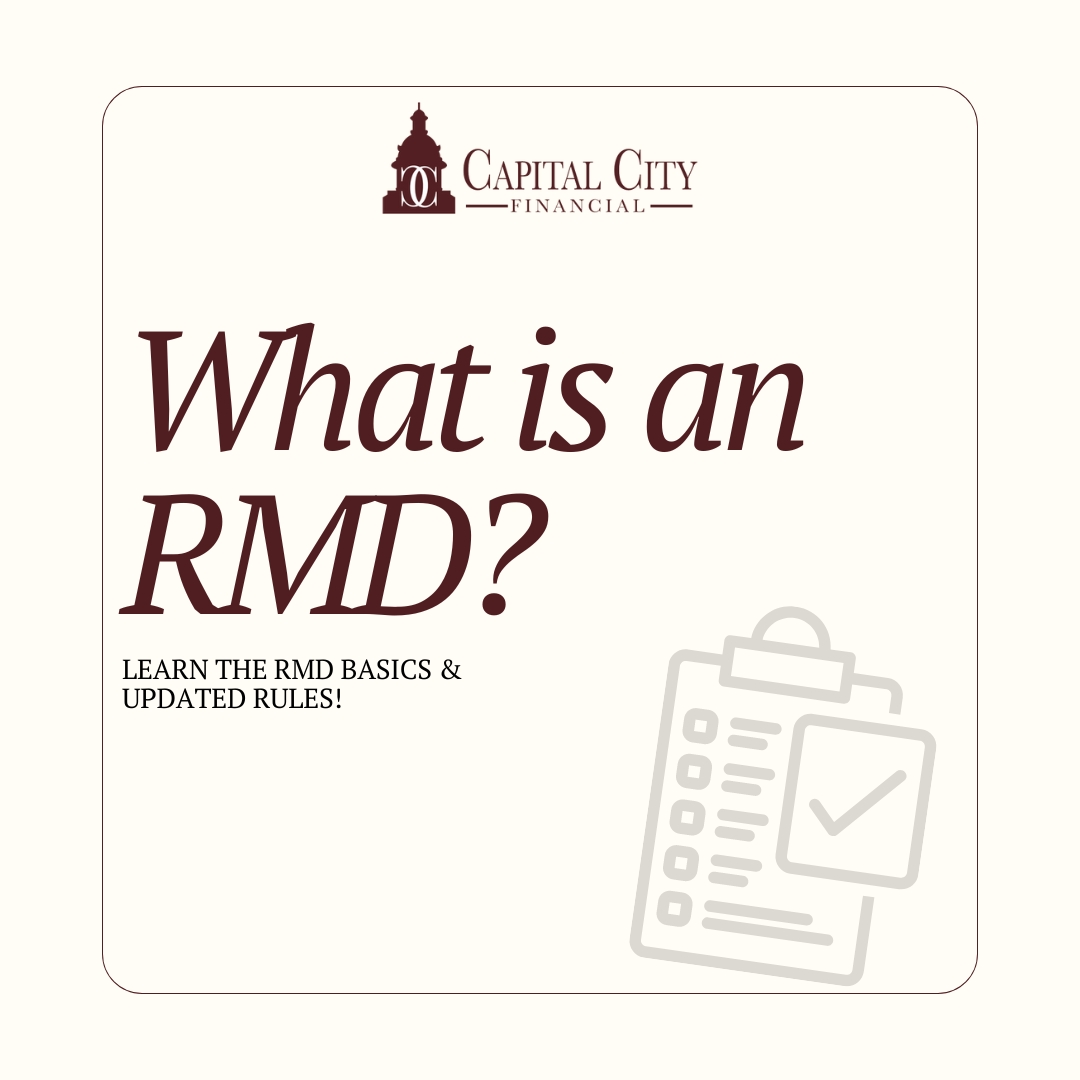
With the recent changes brought about by the SECURE Act and SECURE Act 2.0, understanding when Required Minimum Distributions (RMD) start is crucial for anyone owning retirement accounts.
Here are some key points to help you avoid common mistakes related to RMDs:
What is an RMD?
As mentioned in our Ask An Advisor series, Required Minimum Distributions (RMDs) are intended to prevent individuals from deferring taxes on their retirement savings indefinitely. This is achieved through mandatory annual withdrawals from specified retirement accounts when the account holder reaches a certain age.
The IRS determines the amount of each RMD based on the account balance at the end of the previous year as well as the life expectancy factor provided by their Uniform Lifetime Table.
Starting Age to get an RMD
RMDs must begin by April 1 of the year after the account holder turns 73. This age was increased from 72 under the SECURE 2.0 Act to modernize retirement saving rules, reflecting increasing life expectancies. As people live longer, they spend more years in retirement; extending this minimum age allows you to keep your investments secure for a longer period.
If you turned 72 before January 1, 2023, you are required to start taking RMDs at age 72 under the previous rules.
After the first RMD is transmitted, consecutive RMDs must be taken by December 31 of each year.
Notable Exceptions for RMD
A significant change that came into effect in 2024 is that Roth IRAs and Roth 401(k)s generally do not have RMDs. This is due to their unique tax structure and the encouragement of tax-free growth. These exceptions intend to allow individuals to invest their money for a longer period and build up their long-term savings without the need for mandatory withdrawals.
Solutions For Common Mistakes for RMD
Required Minimum Distributions have a certain level of complexity due to their specific rules, leaving little room for error. Here are some insights on common mistakes and how to navigate them:
1. Incorrect Amount or Missed RMD
Mistake: Failing to take the correct RMD amount or not taking it at all can result in significant penalties—up to 25% of the amount that should have been withdrawn. The penalty can be reduced to 10% if corrected promptly.
Solution: Calculate your RMD accurately based on the account balance and the IRS’s life expectancy tables. Many financial institutions offer automated RMD calculation and withdrawal services, which can help ensure accuracy and timeliness.
2. Outdated or Absent Beneficiary Information
Mistake: Having outdated or no beneficiary information on your retirement accounts can lead to disruptions in asset distribution, such as delays or legal complications.
Solution: Regularly review and update your beneficiary designations to reflect your current wishes and avoid any potential complications. This ensures that your assets are distributed accordingly.
3. Ignoring the Aggregation Rules
Mistake: Not understanding how to aggregate RMDs from multiple retirement accounts can lead to incorrect withdrawals.
Solution: Aggregating an RMD refers to combining it with multiple retirement accounts to meet the total RMD requirement for the year. It’s important to understand the rules regarding which accounts can be aggregated for RMD purposes. For example, you can aggregate RMDs from multiple traditional IRAs, but not from an IRA and a 401(k).
Seek Professional Guidance
To keep your retirement planning on track and avoid the pitfalls associated with RMDs, consider dedicating periodic time to review your retirement account actions. Scheduling a meeting with your financial advisor can help you stay on top of any necessary updates and ensure you’re meeting all requirements.
At Capital City Financial Partners, we provide consultations and guidance to help you navigate the complexities of RMDs.
Take control of your financial future today! Schedule a meeting through our website or by calling our office (803)-782-0671. Your peace of mind is our priority.
This content has been repurposed from our YouTube video, “When Do I Have to Take My RMD?” Feel free to learn more on our YouTube Channel.
